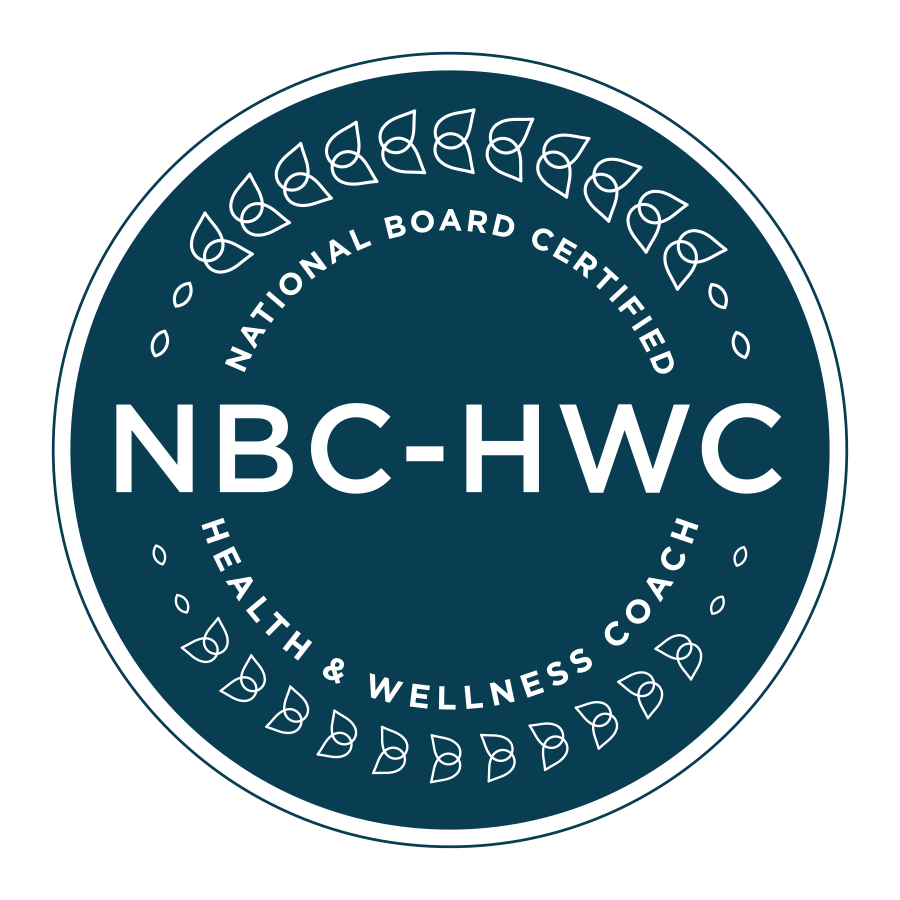Because 80% of our immune system is in our gut, the gastrointestinal tract is usually the first line of defense against toxins entering the body. But the gut cannot do its job without the help of enzymes.
Enzymes are the manual workers that build the body from proteins, carbohydrates and fats; and they fall into three major classifications:
- The largest produced by the body is the metabolic enzymes. These enzymes are responsible for all bodily processes including breathing, thinking, talking, moving, behavior and maintenance of the immune system.
- The second category is the digestive enzymes. These are manufactured by the pancreas and work to break down the bulk of partially digested food leaving the stomach.
- But the enzymes we need to consider when planning our meals is the third category, and that is food enzymes.
Without enzymes, there would be no breathing, no blood coagulation, no growth, no digestion, no sense of perception, and no reproduction! In other words, No life!
Unfortunately, we are born with a limited supply of enzyme energy that must work to keep our body systems functioning throughout our lifetime. And the only backup source of enzymes we have comes from the food we eat. But in today’s world of mass food production, much of the food we consume is void of vitamins and minerals, denatured and depleted of enzymatic power. Here are a few things that can cause enzyme depletion in food:
- Pesticides and Chemicals
- Hybridization and Genetic Engineering
- Bovine Growth Hormones (BGH)
- Pasteurization
- Irradiated Food
- Cooking at high temperatures (118 degrees and above)
- Microwaving
- Fluoridated water
According to the late Dr. Edward Howell, a noted pioneer in the field of enzyme research, humans eating an enzyme-poor diet, comprised primarily of cooked food, use up a tremendous amount of their enzyme potential in the outpouring of secretions from the pancreas and other digestive organs. Dr. Howell believed that such outpouring results in a shortened life span.
Although most fruits and vegetables contain few enzymes, their enzyme power and flavor can be awakened and enhanced through an enzymatic process known as Lacto-fermentation. Starches and sugars in vegetables and fruits are converted into lactic acid by many species of lactic acid-producing bacteria. These bacteria (lactobacilli) in vegetables, fruits, and dairy products, enhance their digestibility and increase vitamin levels. These organisms produce numerous helpful enzymes as well as antibiotic and anti-carcinogenic substances. And instead of spoiling, they are kept well-preserved by the bacteria while promoting the growth of healthy flora throughout the intestines.
Kefir and Sauerkraut are both well-known Lacto-fermented foods. These foods not only can help repopulate your intestines with good beneficial bacteria, they will automatically lessen the stress on your pancreas and other digestive organs by enhancing your digestion, strengthening your immune system, and supporting natural and gentle detoxification.
Here are two easy recipes that will help you get started and introduce you to the health benefits of raw and cultured food. Enjoy!
Cultured Milk Smoothie (Makes 3 cups)
1 ¼ cups of fresh cultured kefir (*See recipe below)
1 ripe banana (fresh or frozen)
2 tablespoons of coconut oil
2 egg yolks
1-4 tablespoons of maple syrup or ¼ teaspoon of stevia
1 teaspoon of vanilla extract
¼ teaspoon of nutmeg
¼ teaspoon of ginger
Place the banana in a food processor or blender and process until smooth. Add remaining ingredients and process until well-blended.
*Fresh Cultured Kefir
2 cups of fresh whole milk, non-homogenized and preferably raw
½ cup of good quality cream
1 package of Kefir Starter Culture (www. Bodyecology.com)
Place milk and cream in a clean wide-mouth quart-size mason jar. Add the Kefir Starter Culture as directed, stir well and cover loosely with a cloth. Place in a warm place (65 to 76 degrees) for 12 hours to 2 days, or as directed. This fresh raw/cultured should be stored in the refrigerator and used as you choose.
Sources:
Nourishing Traditions, Sally Fallon with Mary G. Enig, PhD
Alternative Medicine, The Definitive Guide, Larry Trivieri, Jr. and John W. Anderson, Editors and Writers



